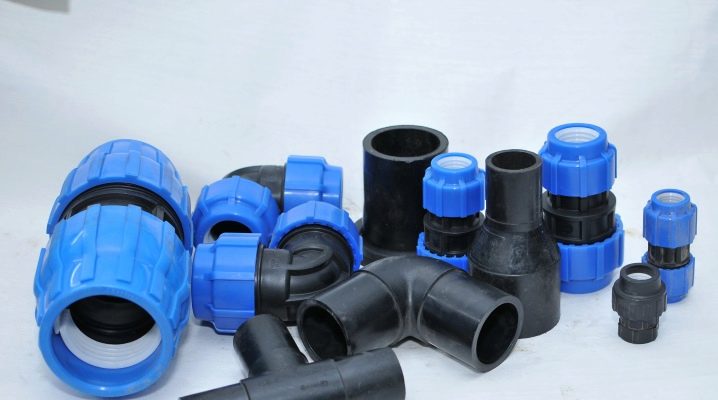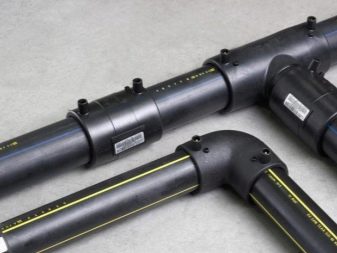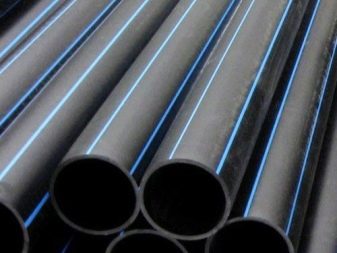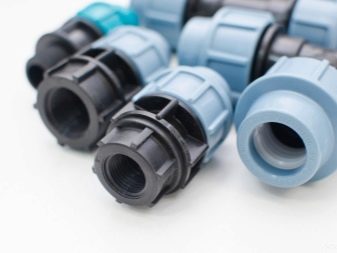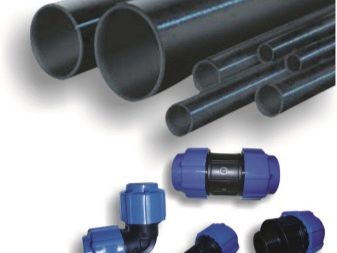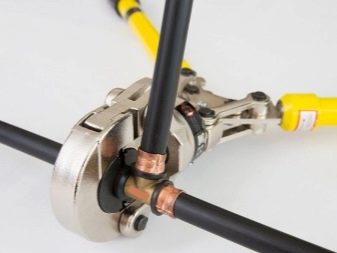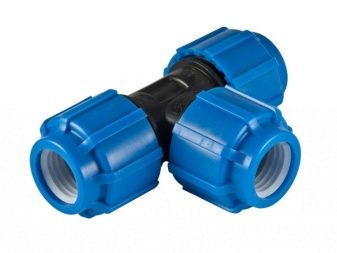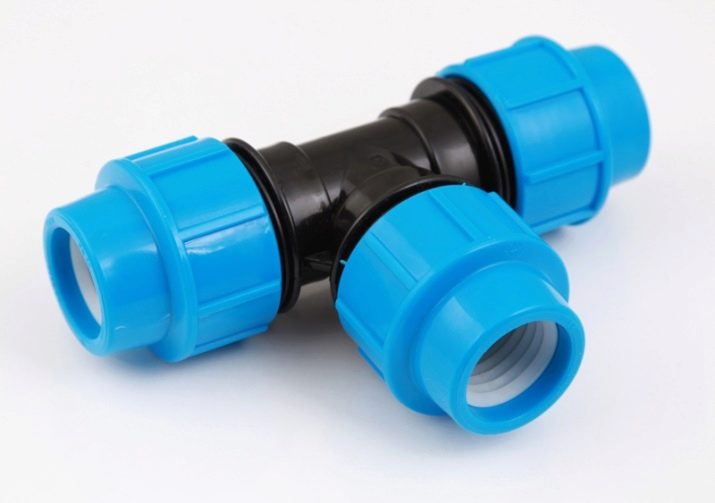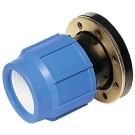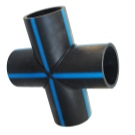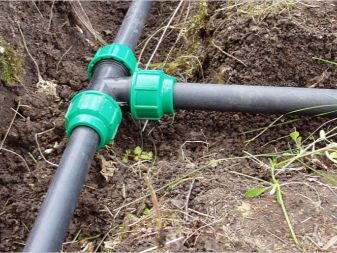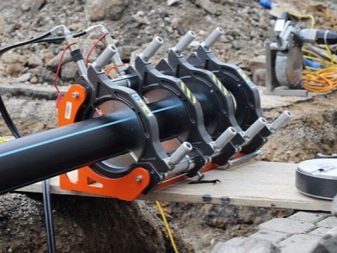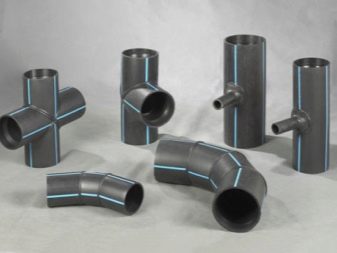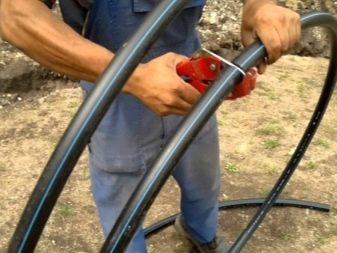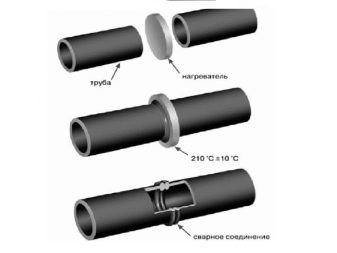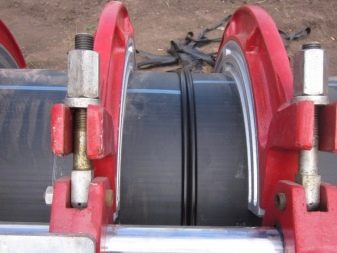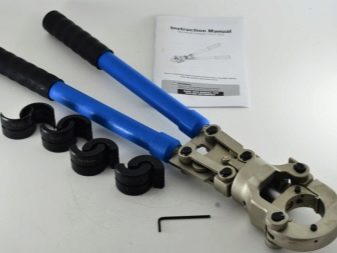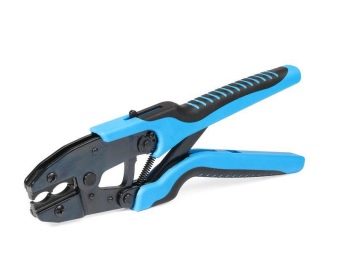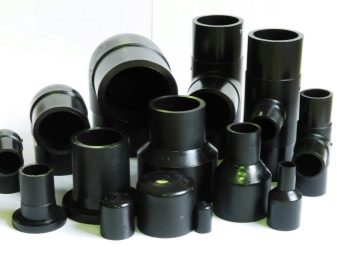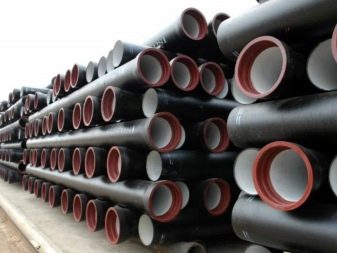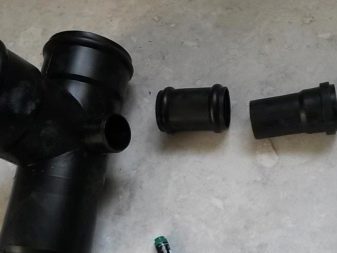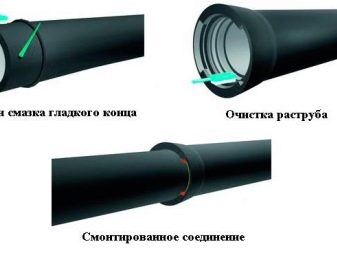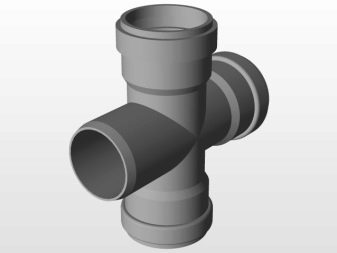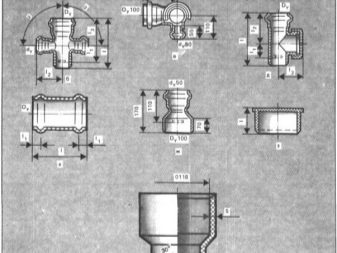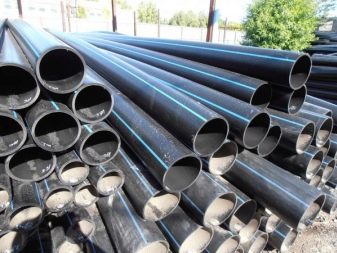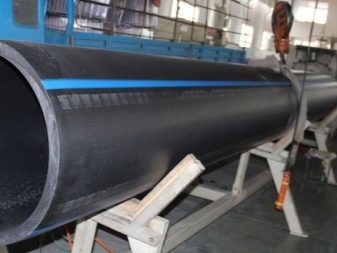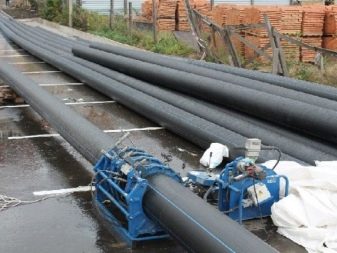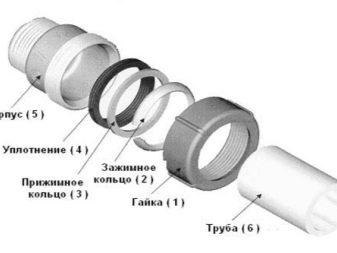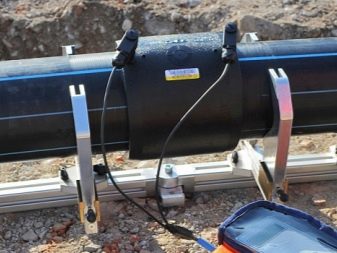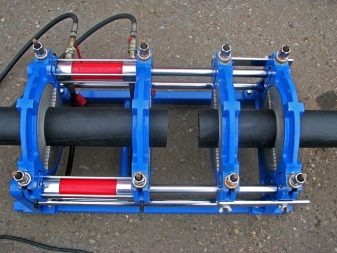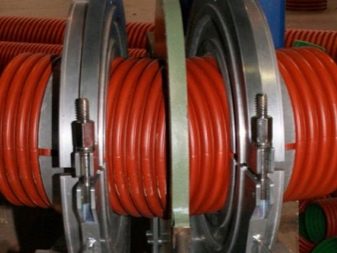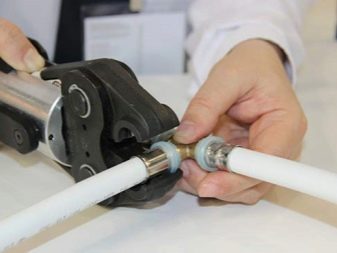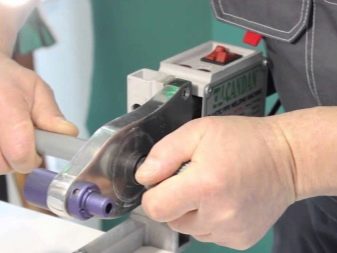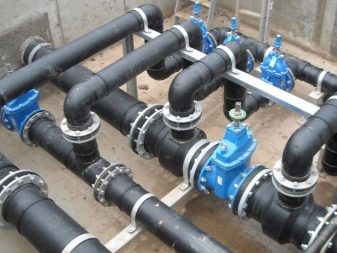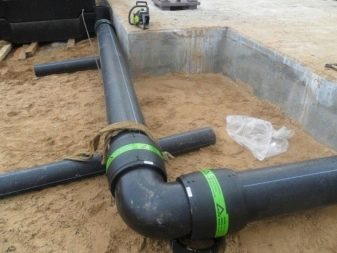Choosing fittings for polyethylene pipes
Today, water supply systems are almost universally made of polyethylene pipes. The time of steel, cast iron or copper communications is a thing of the past.
PE pipelines demonstrate a number of advantages that preclude the active use of analogues from other materials. The democratic price puts this method of arranging the supply of water out of competition. The scope of application is extremely wide: servicing artesian wells, irrigation of household plots, isolation of communication lines and, in fact, water pipelines. Separately, it is necessary to pay attention to the potentially long period of operation and the availability of subsequent disposal.
A significant advantage of such communication solutions is the amazing simplicity of assembly, which is facilitated by special elements - fittings.This part of the structure is mounted in case of need for branching, turning or changing the working diameter of the overpass. It implies the possibility of changing the configuration of the structure, ensures maximum tightness of the joints.
Special features
For the device of communications of various types use polyethylene pipes of certain brands, specified by the relevant building codes. Products fully comply with all requirements, including sanitary. Used in the creation of aboveground and underground overpasses, adapted for trenchless networks.
Installation is carried out in several ways:
- butt welding;
- with the help of connecting nodes (fittings).
Depending on the purpose and individual characteristics of the fittings are divided into two main types: straight and reducing. The first ones are used in systems with equivalent parameters, the second ones in the case of splicing pipes with conflicting diameters.
Variety in functionality
Structural features of the product are predetermined by the specifics of the application:
- tee - is equal and transitional, for connecting elements of one or different section, respectively;
- square - changes the direction of laying the line in the desired direction at the desired angle;
- flange - for splicing dissimilar materials;
- coupling - serves for simple joints without changing the angle;
- cross - allows you to achieve a branching or unification of the four directions;
- cap - used for overlapping.
Advantages:
- low weight;
- antibacterial effect inherent in plastics;
- resistance to aggressive environment;
- dielectric quality;
- operation under the earth is allowed;
- due to good elasticity not affected by water hammer;
- smooth interior does not impede flow;
- possesses low heat conductivity and does not need thermal insulation;
- high strength;
- excellent tightness of the joints;
- reacts neutrally to contact with other materials;
- The project term of use is more than 50 years.
Perfectly are suitable for water supply systems with pressure less than 16 atmospheres, sewerages and a drainage. Practice when installing gas pipelines. Do not require special tools and accessories.
Kinds
All types of fittings by type of installation can be divided into two main groups: requiring usewelding equipment and the most popular - compression or, as they are also called, quick-release.
Electrowelded joints are massively used in water supply networks for industrial facilities and public utilities. The planned capacity allows operation with a pressure in the system from 1 to 2.5 MPa.
It should be noted that this sample of the compound is equipped with an embedded electric heating segment; inside is metal wire resistance. Manufacturers mark the details with a bar code with information about the voltage and the length of time it takes to make a successful connection. There are devices for automatically performing the required operation. But the process is so simple and fast that craftsmen manage with a simple transformer or car battery.
The sequence is as follows:
- a fragment of the overpass is assembled in the desired sequence;
- component parts are fixed in an affordable way;
- supply voltage to the assembly point;
- mount completed.
During the welding process, the polymer is fused into a uniform, hermetic substance, ensuring reliable contact.For the production of fittings used HDPE high density. The range of models is presented in a wide range: all kinds of couplings, adapters for the combination of diameters, tees and saddles. Suitable spare parts can be selected for any sector of the highway. When the need for splicing dissimilar materials involve optimal situations adapter.
Weld fittings without helix are easy to assemble.
Pre-preparatory operations:
- pipe is cut at an angle of 90 ° with respect to the axis;
- we remove the chamfer from the contacting sides for a more comfortable fit;
- using nozzles for a soldering iron, we heat the involved surfaces, we combine and we retain;
- after the point has cooled, the node is ready.
Trunk lines with a large cross-section indicator are simply butt-cooked. Wearing large heated fittings is problematic. Heating devices melt the ends of the surfaces to be joined, in the course of subsequent manipulations we obtain a single, whole web.
The method of obtaining hermetic seams by welding has one drawback - the impossibility of the subsequent modernization or replacement of the worn part.Only one way out - to cut and install completely new, again.
The press fitting is more difficult to maintain, it requires press ticks and nozzles that correspond to the liner profile. Consists of the case, a sleeve and the union. The disadvantages include the lack of standardization and the possibility of subsequent maintenance. In the event of a leak, the emergency area will have to be changed entirely. At observance of the recommended modes of use the pressed joint will serve more than 30 years.
The next variant of the dock easily solves the problem of updating the configuration of the water supply system or replacing its components. Compression fittings are particularly popular with people who repair and lay pipelines on their own. The fitting connection consists of a threaded body, a nut and an elastic seal. By preloading the gasket, the absolute tightness of the required place is achieved. Assembly is carried out with bare hands. A significant disadvantage is the fragility of the rubber tab. Even with the ideal quality of assembly and materials in 4-5 years should be carried out routine maintenance. It is for this reason that it is not recommended to put in monolith lines of water lines of this class.
They consider the most reliable method of diffusion or high-temperature adhesions, compression splicing definitely remains the most accessible and widespread.
And it is also possible to distinguish such types as welded, crimp thermistor and cast fittings.
Tips
Consider the recommendations for the installation of pipes with specific examples.
Bell sewer (GOST 22689.2-89)
Everywhere they met in the 90s of the 20th century, today they have given way to the positions of modern analogs from PVC and polypropylene. Despite the fact that the state standard allowed installation in various ways, in fact there were connections using a socket; common for sewage plastic. Used fitting fitting the necessary functionality with smooth taps and sockets.
For assembly are necessary: a hacksaw and a sharp knife. Polyethylene with low heat resistance is deformed when processing abrasive discs, and the melted ends of the nozzle are difficult to fill into the socket.
Assembly process:
- the pipe is cut along the length, the chamfer is removed along the outer edge of the smooth side;
- the bell completed with a sealant is plentifully greased with liquid soap;
- parts with force are inserted into their positions.
The sewer fitting of this GOST is difficult to combine with products from other materials due to inconsistencies in wall thickness. For complex interaction, constructive modifications and processing with silicone are necessary.
Pressure head (GOST 18599-2001)
Differ in multifunctionality. Transportation of liquids and gas is possible. Marked black with blue stripes under water and with a yellow stripe (or completely yellow) under gaseous media.
Highways of this class are traditionally assembled on compression and electrofusion mounts. With the required wall thickness (not less than 4 mm), the method of butt welding is possible.
We have already considered these methods in brief earlier, we will analyze them in more detail.
Compression method
It consists of a body with a thread on the outside, an emphasis under the pipe and a cap nut. Mandatory rubber or silicone gasket; it is also possible to equip with two more rings - clamping and stop for additional fixing. The main material - PE, in rare cases - brass.
The sequence of installation is intuitively predictable. Consistently put on all the components and tightened the nut on the thread.This approach to the assembly is most often found in home farms, on seasonal aqueducts. The ease of formation and non-susceptibility to corrosion makes it extremely popular.
Electrofusion fitting
Structurally different from all other types of fasteners by the presence of a personal heating element. It is extremely convenient for carrying out installation in hard-to-reach places or under difficult weather conditions. In the case of a spike by an automatic instrument, errors are absolutely excluded. The main disadvantage is the high cost of components.
Butt Welding
The ends of the connected nozzles melt and tightly compressed; after reducing the temperature, we obtain a uniform, durable surface. Used mechanical, and for large diameters hydraulic centering and clamping.
Corrugated
Scope of application - drainage. Assembly is carried out with the help of couplings and sockets. However, a large section of the pipe (up to 2400 mm) implies the application of serious physical effort during installation. Apply auxiliary levers, clamps or construction equipment.
In order to connect heating or hot water supply, two types of pipes with improved characteristics are used.
PEX (made of cross-linked polyethylene)
The introduction of innovative technology stitching allowed to create a polymer with improved physical properties. The material exhibits enhanced strength, shape memory and excellent heat resistance.
For splicing lines of this type, use a manual or electric expander. Thanks to the ability to return to the original form, it became possible to use herringbone fittings. Fixation in the required position is provided with a special sleeve.
The assembly does not require specific knowledge and extensive experience. Before putting on the sleeve, stretch the edges of the pipe fixture. After inserting the fitting, carefully crimp and tighten the top sleeve.
PERT (from thermomodified polyethylene)
Excellent performance implies admission to work under pressure in a wide range of temperatures; up to 95 ° - 110 ° C.
As a connecting element, a one-piece fitting with smooth couplings is used. Fixation is carried out by low-temperature soldering.
Cutting the blade with a pipe cutter, remove the outer chamfer and clean the joints from contamination. Having heated up to a temperature of 260 ° С with a soldering iron with a nozzle of the appropriate size, we carry out the melting of the involved zones.Combining the details of the translational motion, avoiding rotation, waiting for the moment of solidification of the material.
Plumbing of polyethylene pipes, conducted in compliance with all regulations, will serve for many years. Easy to assemble and unpretentious to maintain, great for solving the problem of transporting fluids. The democratic cost and the ability to do the assembly with your own hands makes the choice in favor of this method obvious.
For information on how to assemble the fitting, see the following video.
